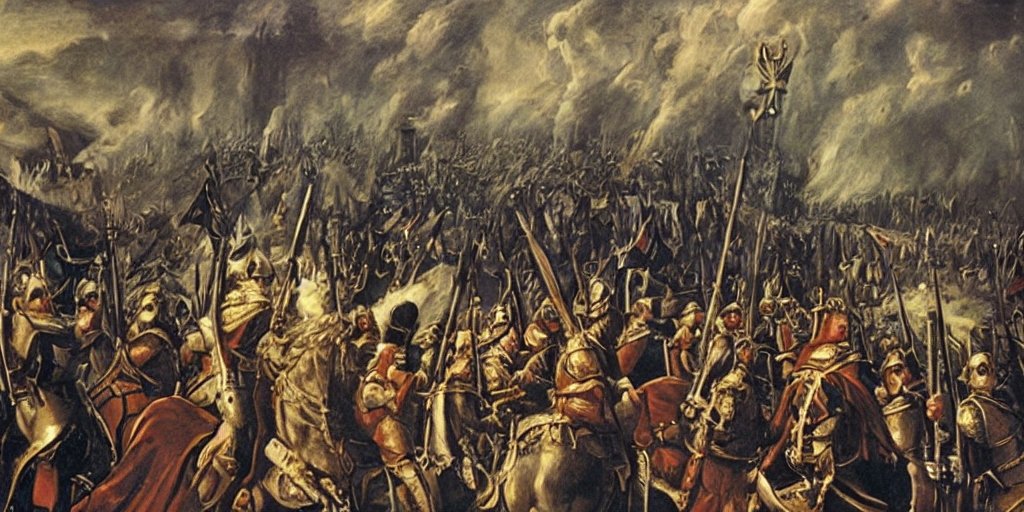Key Events of the 100 Years War
The Hundred Years' War was a prolonged and complex conflict between England and France that spanned from 1337 to 1453. Lasting over a century, this war witnessed a series of battles, sieges, and diplomatic maneuvers. From the iconic victories of the English at Crécy and Agincourt to the rise of the inspirational figure Joan of Arc, the war was marked by significant events that shaped the destiny of both nations. Below, you will find a detailed account of key moments, including the decisive battles, strategic sieges, and critical turning points that defined the course of the Hundred Years' War.
The war was initiated when King Edward III of England, asserting his claim to the French crown, declared war on King Philip VI of France. The English king's claim was based on his descent from the French Capetian dynasty.
This was one of the first major battles of the war. The English, led by Edward III and his son Edward, the Black Prince, achieved a decisive victory over the French. The battle demonstrated the effectiveness of the English longbow against the French cavalry.
After the Battle of Crécy, the English laid siege to the city of Calais, a strategic port town in northern France. The siege lasted for over a year before the city surrendered to the English. Calais remained under English control for more than two centuries.
The English, commanded by the Black Prince, defeated a larger French army led by King John II of France. The French king was captured and taken as a prisoner to England, which resulted in a temporary cessation of hostilities.
This peace treaty marked a significant turning point in the war. It recognized English territorial gains in France and secured the release of King John II in exchange for a substantial ransom.
The war resumed following a period of relative peace. French raids on English-held territories in southwestern France led to the recommencement of hostilities.
In one of the most famous battles of the war, the English, led by King Henry V, achieved a resounding victory over the French. The English longbow once again played a crucial role, resulting in heavy casualties for the French.
This siege was a turning point in the war and marked the rise of Joan of Arc. The French, inspired by Joan's leadership, successfully defended the city of Orléans against the English, leading to a series of French victories.
Coronation of Charles VII (1429)
Joan of Arc played a pivotal role in the French dauphin's coronation as Charles VII, officially solidifying his legitimacy as the King of France.
The final battle of the war took place in Gascony. The French, led by Charles VII's general Jean Bureau, defeated the English, effectively ending their military presence in France.










